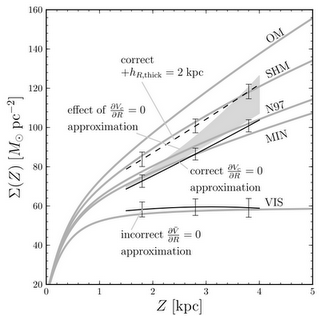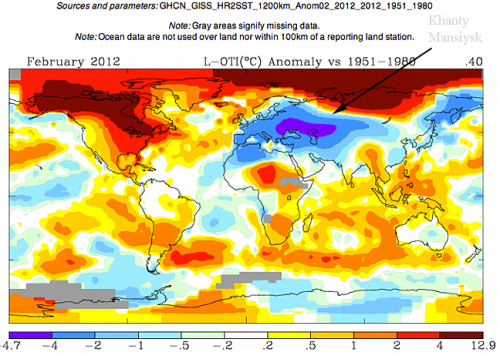I want to take a moment to elaborate on what makes a well formed commit message. I think the best practices for commit message formatting is one of the little details that makes Git great. Understandably, some of the first commits to rails.git have messages of the really-long-line variety, and I want to expand on why this is a poor practice.
From 2008, but brought up in this Github discussion. I found in well worth reading.
Here’s a model Git commit message:
Capitalized, short (50 chars or less) summary
More detailed explanatory text, if necessary. Wrap it to about 72 characters or so. In some contexts, the first line is treated as the subject of an email and the rest of the text as the body. The blank line separating the summary from the body is critical (unless you omit the body entirely); tools like rebase can get confused if you run the two together.
Write your commit message in the present tense: “Fix bug” and not “Fixed bug.” This convention matches up with commit messages generated by commands like git merge and git revert.
Further paragraphs come after blank lines.
– Bullet points are okay, too./p>
– Typically a hyphen or asterisk is used for the bullet, preceded by a single space, with blank lines in between, but conventions vary here
– Use a hanging indent




